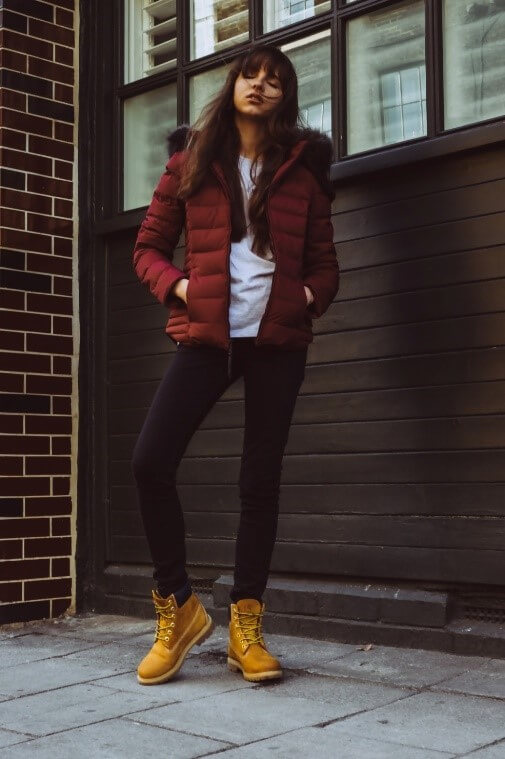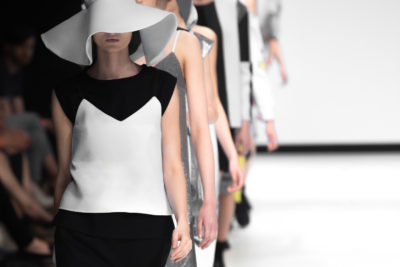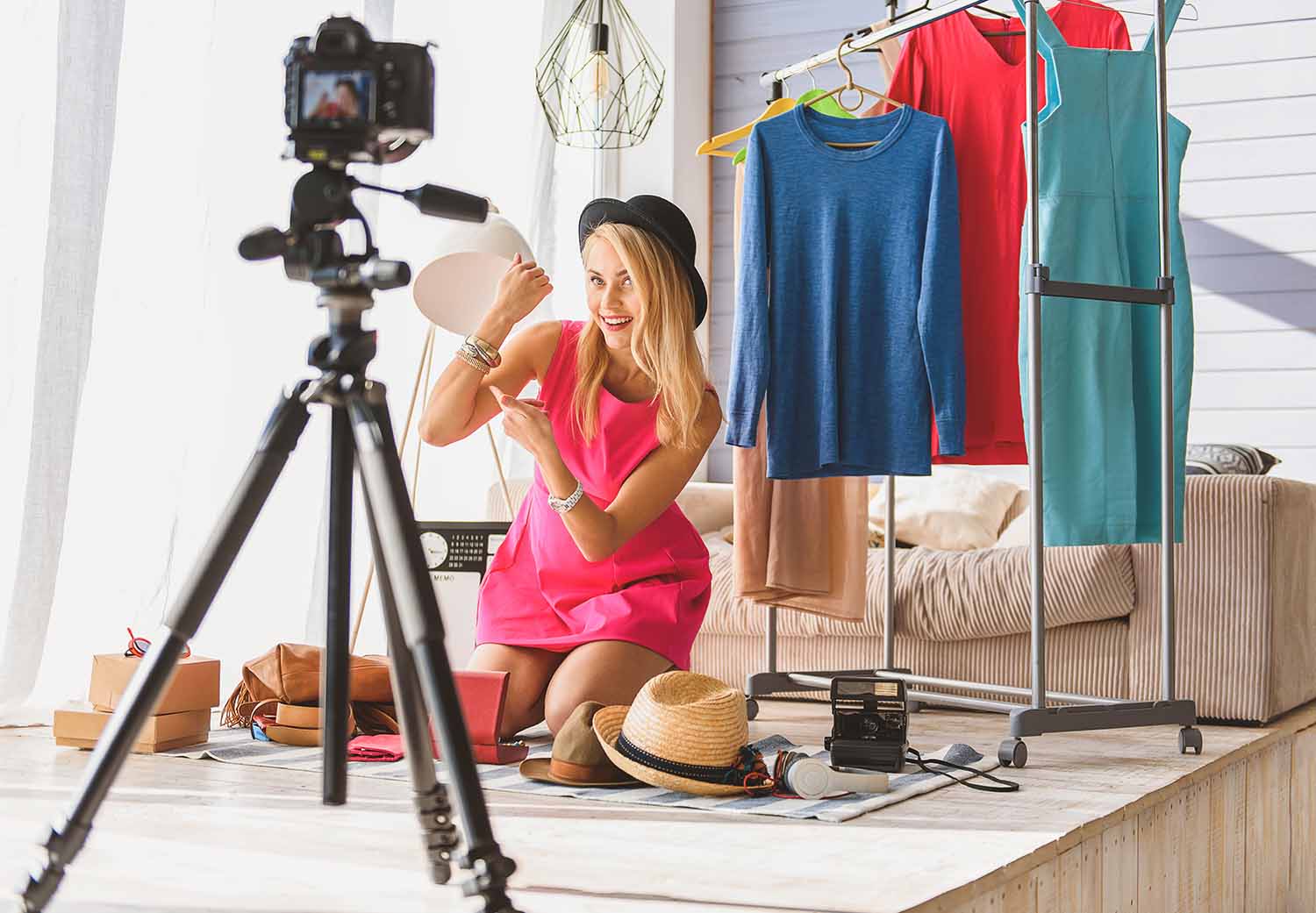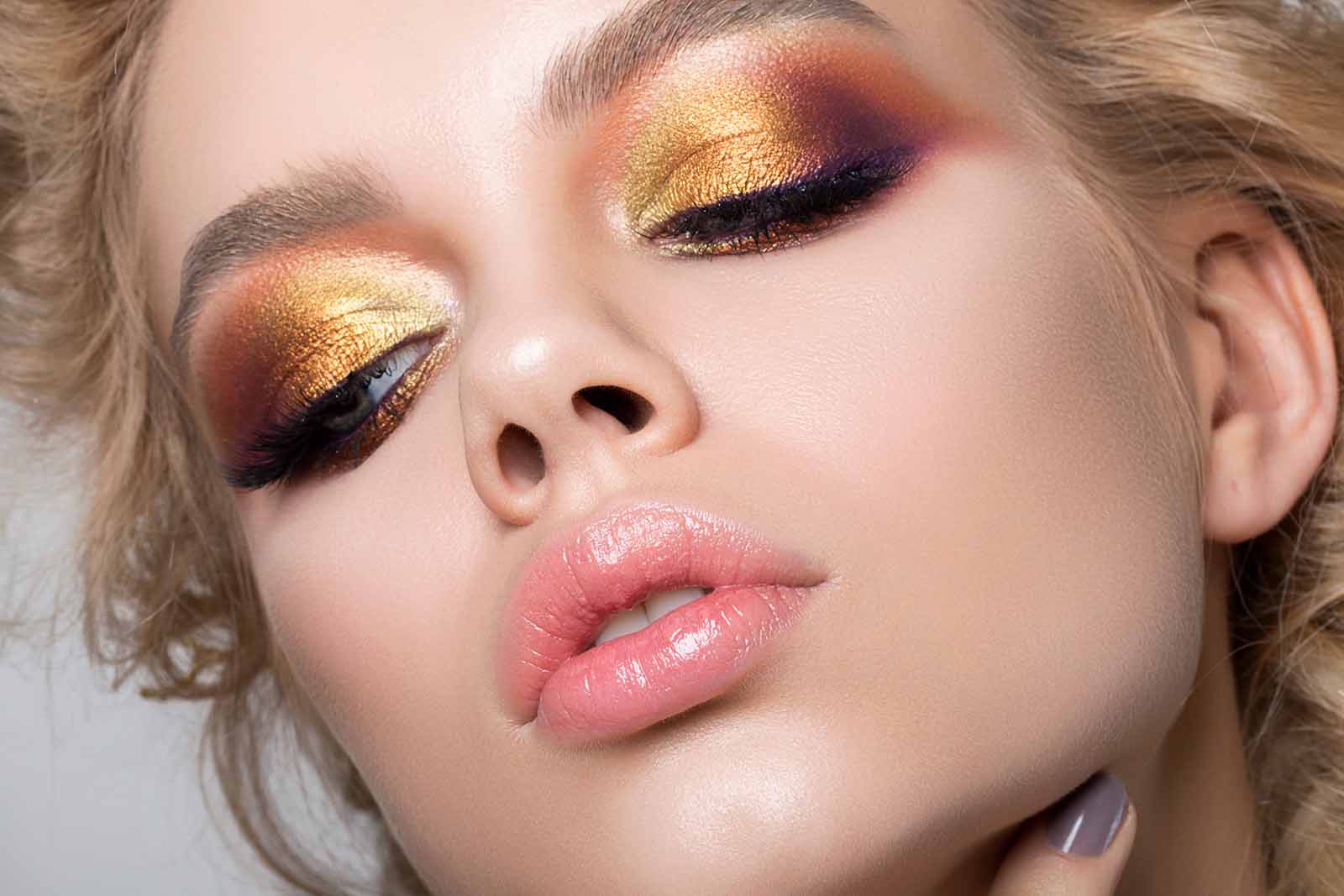Follow these 5 Steps to Find Your Style
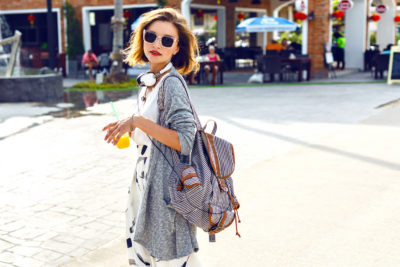
If you’re reading this, then chances are you have an interest in fashion and have no doubt thought about or found it challenging to find your own personal style. Fashion magazines love to talk about this subject but they often leave you more confused than you were before.
We all want to have a unique style that defines us and reflects our personality. Fashion is a way to express yourself and tell the world who you are. One classic outfit can define a person for years to come and communicate so much in just a glance.
But how do you find your style? Where do you start? And how can you resist the temptation to follow the trends you see in the stores or on the runways around the world?
Fashion moves so fast sometimes and it can feel like a full-time job trying to keep up and remain on trend without losing what makes you unique. No one wants to spend a lot of money on an outfit only to regret buying it or look back at photos and feel that you look horrible.
How many different outfits have you tried on for an important meeting or a big first date and then ended up hating later? Instead, wouldn’t you rather be that person who looks so effortlessly put together and always looks stylish, even at the grocery store?
In this article, we will cover 5 easy steps to find out exactly what your style is:
- Step 1: Assess Your Favorite Clothes
- Step 2: Determine Your Body Shape
- Step 3: Have a Color Palette Based on Undertones
- Step 4: Know Your Signature Accessories
- Step 5: Evaluate Your Wardrobe Choices Based on Lifestyle
You may not find your style immediately and, if you’re like most people, it will take some trial and error before you find the right combination of elements. It definitely isn’t easy to find your personal style or else everyone would have done it already.
Instead, most people start with the goal in mind but quickly get overwhelmed, confused, and frustrated. Then they give up and are left feeling worse than before with even less money and a bunch of clothes they’ll never wear.
Save yourself the time, energy, and stress of all that by doing a little bit of work up front to answer some questions, examine colors, and review your lifestyle. Then you’ll be able to go shopping without having buyers remorse or feeling guilty every time you open your closet.
But once you determine a few important factors, it’ll be much easier to buy clothes without worrying whether or not they’ll look good on you. Shopping will be a breeze and you’ll be able to skim the racks quickly and effortlessly to locate the pieces which work on your body.
Let’s get started and go through the process step-by-step to learn your personal style. You’ll thank yourself when it’s done and get to spend the rest of your time looking so fabulous everyone will wonder what your secret is!
We all want a unique style that defines us, but we’re always willing to follow the next trend we see in-store or on the runway. Look through your closet, there might be some statement pieces that you feel are ‘so you’. These will often fall under a similar style category.
Finding your personal style to create great outfits isn’t easy, but once you determine a few key factors, it’ll be easier to buy clothes without worrying if they’ll look good on you. Let’s go through the process step-by-step and learn your personal style.
Step 1: Assess Your Favorite Clothes
Start by picking out your top 5 clothing items. One way to determine these is to consider which pieces you tend to reach for often as compared to other items. Carefully look at these styles and think about what they accentuate and what imperfections they hide.
For instance, if most of your favorite items have longer sleeves, it shows that you prefer to not show off your arms. Similarly, if your favorite pants include high-waisted skinny jeans or trousers, you’d like your clothes to highlight your waist and legs.
When you realize why you look good in some particular styles (long sleeves, flattering necklines, or figure-hugging silhouettes), it helps in determining what your wardrobe needs more of. This way, you’ll add more variety to your collection without having to buy similar versions again.

Step 2: Determine Your Body Shape
Although it’s easy to understand what kinds of clothes you should buy when looking at your favorite pieces, it’s not the best way to figure out what else you can add to your wardrobe. For this, you’ll have to know your body shape.
Learning your body shape and structure means figuring out which parts to emphasize on so you get a balanced look. To determine your figure, you have to measure the circumference around four main points: your hips, bust, waist, and shoulders.
If your shoulders or bust are larger than your hips, you have an inverted triangle shape. However, if all measurements are somewhat the same and you don’t have much of a defined waistline, it’s a rectangular shape.
On the other hand, if your hips are larger than your waist and bust, you have a triangle silhouette shape. An hourglass shape means having the same sized shoulders and hips, with a defined waistline, i.e. you have a smaller waist.
Style Inspiration for Body Types
Inverted triangle body shapes look great in most pants, whether skinny or wide-legged, but they should have higher waists to prevent muffin tops.
Triangle body types need to accentuate the shoulder area so floral and brightly-colored blouses are a great outfit idea.
For a rectangle body shape, the goal should be to create curves with belts, cinched waists, and flattering the bust with ruffles and pretty collars.
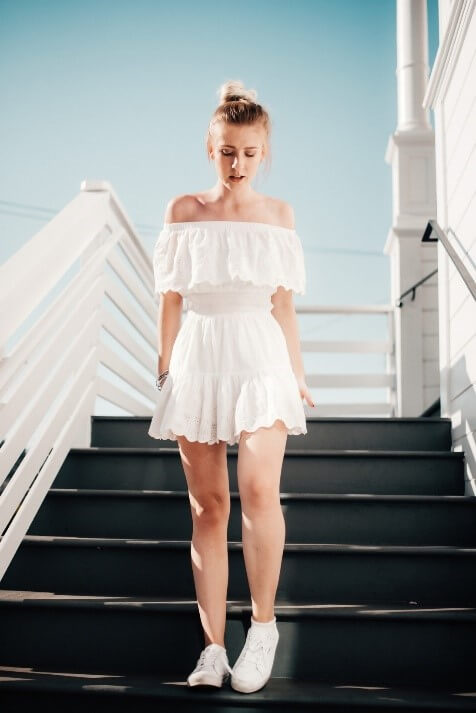
Step 3: Have a Color Palette Based on Undertones
Your skin’s undertones can be cool, warm, or mixed, and they determine what colors can look fabulous on you. One of the easiest ways to find out your skin’s undertones is to look at the veins on your hand.
If these appear as bluish-purple, you have cooler undertones. On the other hand, green veins indicate a warmer tone. If you can’t tell whether they’re distinctively warm or cool-colored, you have neutral tones.
Neutral skin tones look amazing in almost any color, but to avoid chances of them clashing, stick to softened versions of colors instead of brighter ones.
Warm Tones
Warm tones look best in yellow, gold, amber, orange, coral, peach, and red, but if you’d prefer cooler colors, then warmer shades of violet-red, orchid, moss, and olive sill suit you best.
When it comes to neutrals, mushroom gray, cream, cappuccino, and taupe are all ideal to make a flattering impression.
Cooler Tones
You’ll find that colors like deep purple, emerald, lavender, and icy blue shades complement your skin naturally.
You can also enjoy wearing warmer colors, like pale yellows and pinks, ruby reds, and subtle shades of coral. Out of neutral colors, navy, white, and cool tones of gray will suit you well.
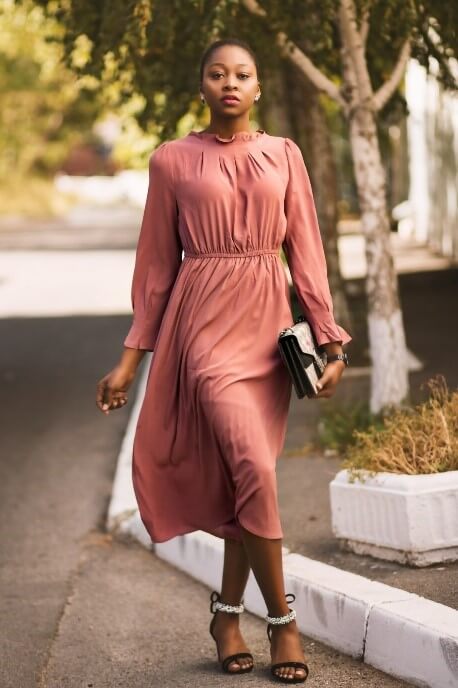
Step 4: Know Your Signature Accessories
Have you ever walked through the door but remembered that you forgot to wear that watch/bracelet/ring? Those accessories, like some of your favorite clothing items, are signature pieces that help in livening up your style, no matter what it is.
Your staple accessories can be anything from a stylish backpack and sunglasses that suit your face shape, to choker necklaces and delicate chain bracelets.
Sure, some of your favorite accessories, like a broad black choker, won’t match with every outfit. However, you can always buy variations that look unique but have the same flattering effect on your most distinct features.
For instance, investing in a solid color or printed Hermes enamel bracelet, like their signature Clic-Clac bracelet, means upgrading every look with a statement accessory.
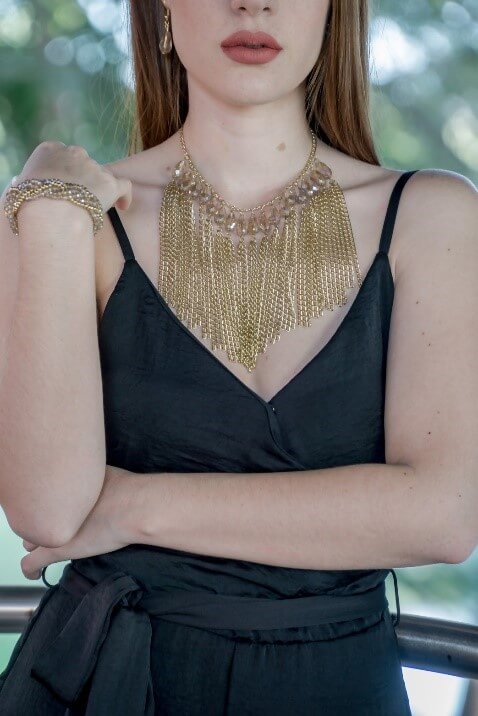
Step 5: Evaluate Your Wardrobe Choices Based on Lifestyle
The last step to defining your personal style is to assess the main elements of your lifestyle. Have you ever noticed that athletes or celebrities, even when spotted in public, dress a certain way? That’s because their lifestyle determines what they should wear.
Even if you’re not a famous personality, the same rule should apply. What you do most of the time should determine what you put in your wardrobe. Having too many clothes for ‘those rare occasions’ and not enough pieces for day-to-day routine is a recipe for fashion disaster.
Start by writing down what activities you do during the week and dividing how much percent of a week each activity takes up. Of the main things, you should consider is your job, but if you already have work-appropriate attire, or wear a uniform, move on the second activity.
This can include going out for errands, meeting friends, or going to the gym. If you’re an active personality, invest in athleisure brands that give you a sporty yet sexy look.
